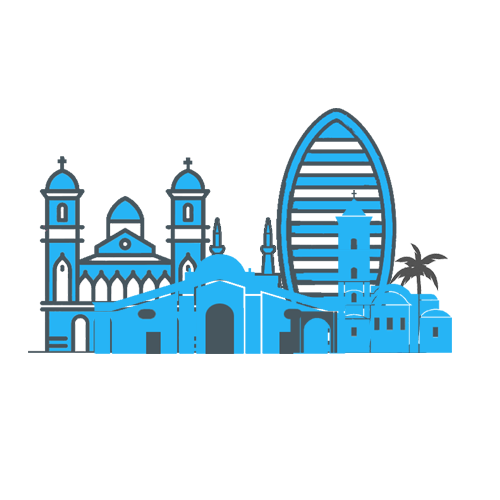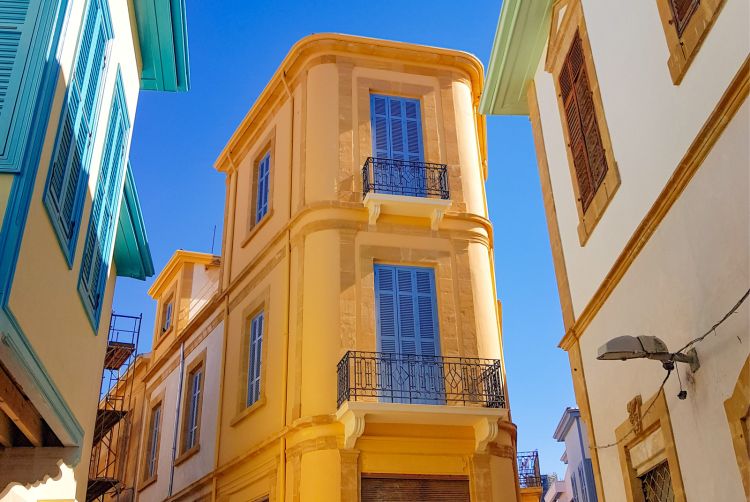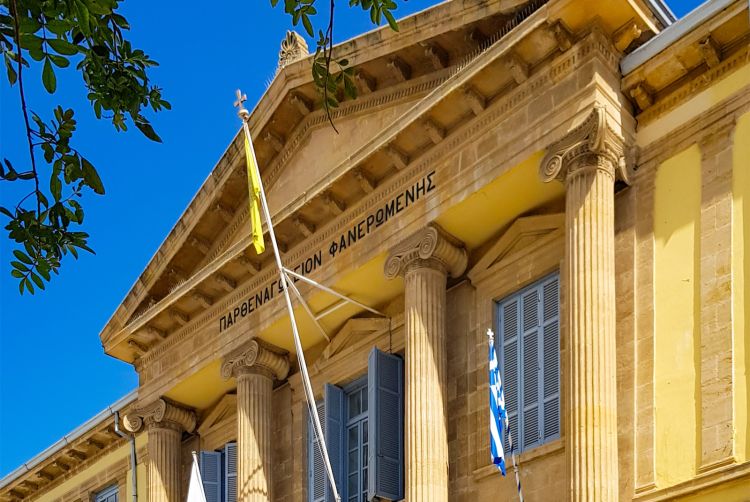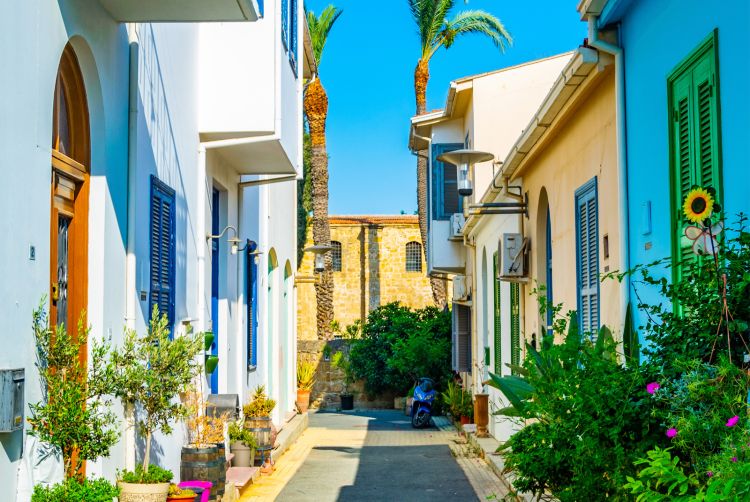Few words
Nicosia Old City, with 5000 yearlong history, walking is the ideal way to get a feel for the character, history and continual cultural development of Lefkosia (Nicosia). Despite its historical difficulties, Nicosia is still the heart of Cyprus.This can be seen through the ongoing efforts to revitalize the old city, especially through the Nicosia Master Plan, executed under the auspices auspices of the United Nations… Walking through Laiki Geitonia, you will see some remarkable examples of traditional urban architecture, such as the Leventis Municipal Museum and small art workshops. Visit Trypiotis Church (1695), the Museum of the History of Cypriot Coinage, and The Museum of George and Nefeli Giabra Pierides Collection of the Bank of Cyprus. Phaneromeni Church is the biggest church in the walled city, and right across is the Cross of Missirikos, a medieval church with gothic Italian elements that was converted into Araplar Mosque in 1571.
At the heart of the inner wall city is the Omerie Area with the Omerie Mosque (once a 14th century Medieval Church dedicated to St. Mary of the Augustines), and the restored Turkish Baths, which won a EUROPA NOSTRA prize. An archaeological site with finds from the Byzantine and Medieval times lies next to the Municipal Arts Centre and the old inns. The 13th century church / 16th century Latin Cathedral of Agia Sofia, and the Selimiye Mosque, can be seen from a distance between the Green line and Turkish-occupied Nicosia.
In Chrysaliniotissa neighbourhood, the renovated houses are once again inhabited after lying derelict following the Turkish invasion of 1974. The most important building is the 18th century Archontiko Odou Axiotheas, which is now used by the University of Cyprus as a Cultural Centre. The 10th century Church of Chrysaliniotssa is next, followed by the Multi-Crafts Centre, which makes and sells contemporary handicrafts. At Ermou Street, you can visit the Centre of Visual Arts and Research (CVAR) with over 1000 paintings by visitors to Cyprus in the 18th, 19th and 20th centuries. The dead-end of Ermou Street is part of the Green Line (buffer zone), which is controlled by the UN. The religious and cultural centre of the city is Archbishop Kyprianos Square with the Cathedral of St. John, the Folk Art Museum and the Cultural Foundation of Archbishop Makarios the III with its Byzantine Museum. The Folk Art Museum, the Pan Cyprian Gymnasium Museums, and the Museum of National Struggle, offer another aspect of Cypriot culture and history.
From Famagusta Gate Cultural Centre, take a walk on top of the 16th century Venetian walls to see the moat and the modern city outside the walls. At Podocatoro Bastion you will see the Statue of Liberty, representing the Cypriot struggle against British rule (1955-1959). At the neighbourhood of Agios Antonios, visit the Mansion House of the Dragoman, Hadjigeorgakis Cornesios (18th century), which now houses the ethnological museum of the city.
An open-air market takes place every Wednesday and Saturday at Constanza Bastion, next to Bayraktar Mosque. The commercial streets of Onasagoras and Ledra offer shops, restaurants, cafeterias and ice cream kiosks, whilst the Ledra Observatory Museum on the 11th floor of the Shacolas Tower building (in Ledra Street), offers an unobstructed view of the entire city.
 Cities/District
Cities/District Monasteries
Monasteries Unesco Churches
Unesco Churches Food & Drink
Food & Drink  Limassol to Nicosia
Limassol to Nicosia Famagusta to Machairas
Famagusta to Machairas Kourion to West Akamas
Kourion to West Akamas Hotels
Hotels Villas
Villas Agrotourism Accommodations
Agrotourism Accommodations Flights
Flights Rent a Car
Rent a Car





